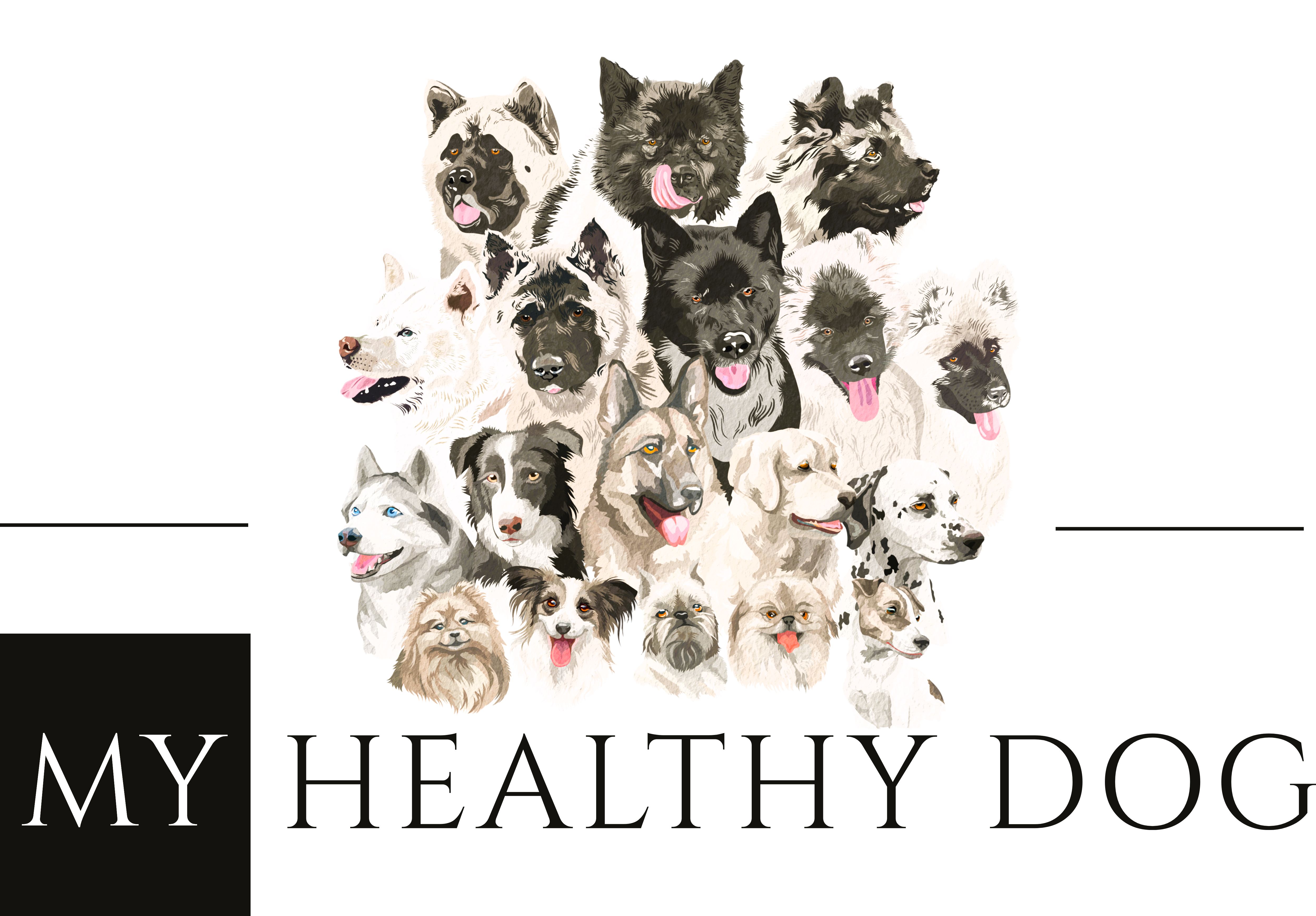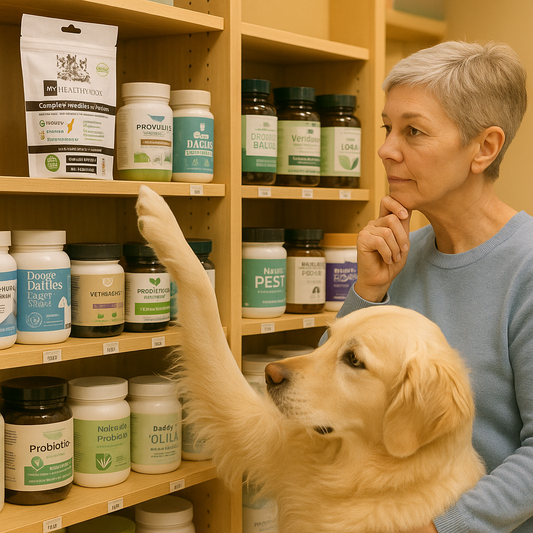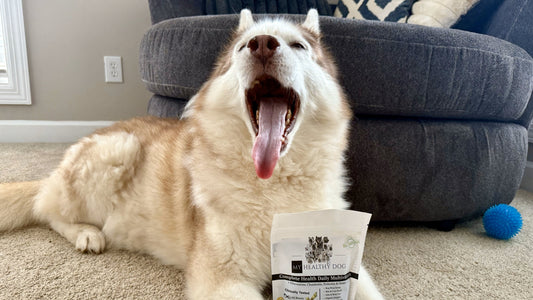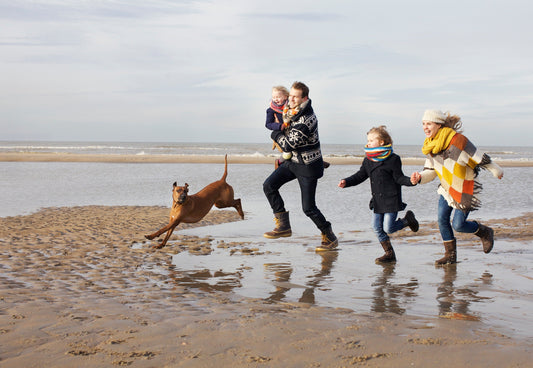The Bedlington Terrier, often recognized for its distinctive lamb-like appearance, is more than just an intriguing face in the dog world. This breed combines the energy of terriers with an unexpected gentleness and intelligent demeanor. Whether you're a prospective dog owner or simply curious about this unique breed, this comprehensive guide covers everything from its origins to practical ownership insights.
Breed Summary
Origin of the Bedlington Terrier
The Bedlington Terrier originated in the small mining town of Bedlington, Northumberland, in Northeast England. Initially known as the "Rothbury" or "Rodbery Terrier," this breed was primarily used by miners to hunt rats and other vermin, dating back to the early 19th century. Over time, the Bedlington’s prowess expanded from mere vermin controller to a capable racing and fighting dog, before it became a beloved companion.
Appearance
Characterized by its distinctive, crisp and curly coat, the Bedlington Terrier resembles a little lamb. The breed stands about 15 to 17 inches at the shoulder and weighs between 17 and 23 pounds. Its coat, which comes in shades of blue, liver, or sandy, is a mix of hard and soft hair, designed to protect it from adverse weather and terrain. The Bedlington’s unique features include a pear-shaped head, arched back, and tasseled ears, giving it a whimsical yet graceful look.
Temperament
Bedlington Terriers are known for their mild and gentle nature in the home but are spirited and fiery when at play. They possess a high intelligence level and are known for their loyalty and affection towards their families. Despite their friendly demeanor, they can be wary of strangers and other dogs, displaying the typical terrier traits of bravery and tenacity.
Health Outlook
Bedlington Terriers are generally healthy but are prone to specific genetic conditions such as Copper Toxicosis, a unique metabolic disorder affecting the liver. Other concerns include retinal problems and kidney issues. Regular veterinary check-ups and genetic testing can help manage these risks, contributing to a lifespan of 12 to 14 years.
Nutritional Requirements
The nutritional needs of a Bedlington Terrier include a well-balanced diet that supports their energy levels and maintains their coat's health. Quality dog food that meets the needs of small, active breeds is essential. Including a complete healthy multivitamin can aid in preventing nutrient deficiencies, supporting overall health, especially liver function, which is crucial given their propensity for liver problems.
Exercise Requirement
Despite their moderate size, Bedlington Terriers require a significant amount of exercise. Daily walks, coupled with opportunities to run and play, are essential for keeping them healthy and happy. They excel in dog sports such as agility and obedience, which also serve to mentally stimulate these bright dogs.
Pros and Cons of Owning a Bedlington Terrier
Pros:
- Hypoallergenic coat that sheds very little.
- Energetic and playful, yet gentle and quiet when indoors.
- Highly adaptable to various living environments.
Cons:
- Requires regular grooming to maintain the coat’s condition.
- Can be prone to digging and chasing small animals.
- Needs early socialization to curb their natural wariness around strangers and other animals.
Space Requirements
Bedlington Terriers are adaptable to both apartment living and homes with yards. However, secure fencing is advisable as their strong prey drive can lead them to chase after small animals.
Suitability for Elderly
Their manageable size and affectionate nature make Bedlington Terriers suitable companions for the elderly, provided their exercise needs are met.
Suitability for Kids
This breed is generally good with children, especially when raised with them from puppyhood. They are playful and can match the energy levels of active children, making them excellent family pets.
Cost
The cost of a Bedlington Terrier puppy typically ranges from $1,500 to $2,500. Prospective owners should also budget for ongoing expenses such as grooming, healthcare, and quality nutrition.
What Should the Owner Be Like?
Bedlington Terrier owners should be active and committed to meeting their pet's physical and mental stimulation needs. They should also be prepared to handle grooming requirements and be vigilant about health screenings.
Fun Facts
- The Bedlington Terrier is part of the ancestry of several other breeds, including the popular Whippet.
- This breed was a favorite among gypsies and poachers for its speed and hunting abilities.
Conclusion
The Bedlington Terrier is a captivating blend of spirited terrier and affectionate companion. Suitable for various households, from active families to the elderly, Bedlingtons offer loyalty and entertainment in equal measure. If you're prepared for the grooming and exercise needs, a Bedlington Terrier could be the perfect addition to your life, providing joy and companionship for years to come.
Are you familiar with the Bedlington Terrier or have this wonderful breed in your family? Share your stories in the comments!
Share the Article with friends!





